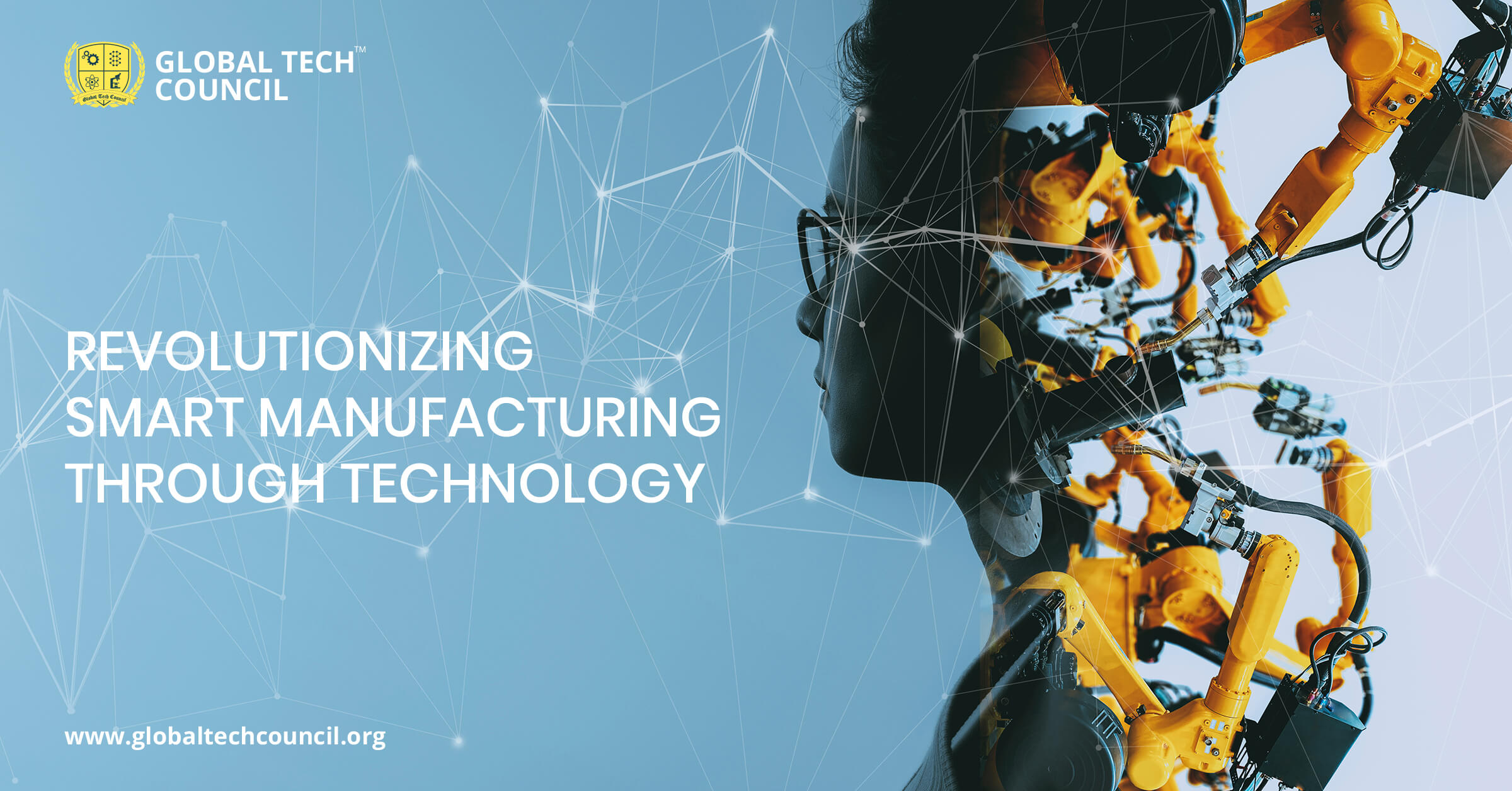
Across a variety of sectors, the Internet of Things is transforming marketing strategies. They are also increasing productivity and automating operations. Industries, on the other hand, have been the most affected by the digital transformation.
Automobile, electronics, and other industries have all committed extensively to IoT technologies. They’re now enjoying the advantages. As per a TATA Consultancy Survey, businesses that used IoT technologies in 2014 reported a 28.5 percent boost in income between 2013 to 2014.
What is the definition of smart manufacturing?
In a nutshell, smart manufacturing is the application of Internet of Things devices. This will increase the performance and output of manufacturing processes. Modernizing sensors to old industrial equipment is standard, while new manufacturing gear frequently appears with IoT devices pre-installed.
The operational base of production IoT devices is also expected to grow from 238 million in 2016 to 924 million in 2021. According to BI Intelligence, Business Insider’s premium analytics service. Companies will invest $269 billion in the Internet of Things by that year.
The Development of Industry
There have been four different industrial breakthroughs that the globe has witnessed presently.
The Very first Industrial Revolution
Between the early 1700s and the middle 1800s, the very first manufacturing revolution occurred. Manufacturing progressed throughout this era from physical labor conducted by humans with the assistance of working animals towards a more optimal kind of labor committed by humans utilizing water and steam-powered locomotives and other sorts of manufacturing equipment.
The Next Industrial Transformation
With the advent of steel, including electric energy usage in industries in the early twentieth century, the globe started a second manufacturing revolution. Manufacturers were able to boost productivity. This makes manufacturing machines more mobile after the arrival of electricity. During this time, mass manufacturing methods were also adopted as a means of increasing productivity.
The Third Manufacturing Revolution
A third manufacturing revolution started to develop in the mid-1950s. Companies began to incorporate additional electronic—and later computer—technology into existing facilities. Industries began to move their focus away from analog and mechanical technologies and toward digitized technology and automated software throughout this time.
The Modern Industrial Revolution
A fourth or modern industrial revolution, termed Industry 4.0, has evolved in recent decades. With the aid of interconnection via the Internet of Things, exposure to real-time data, as well as the development of cyber-physical technologies, Industry 4.0 pushes the focus on digitalization from previous decades to an entirely new level. Industry 4.0 takes a more systemic, interconnected, and complete approach to production.
Industrial Advantages of IoT
Insights Predictive
Manufacturers may closely monitor machinery status. It can anticipate the time it will take to attain particular milestones. And track upkeep issues on a machine-by-machine approach by using IoT. Advanced analytical technologies assist engineers in identifying the fundamental cause of a problem. And developing a mitigation strategy, allowing them to anticipate probable failures far earlier. As we progress through this environment, the manufacturing line will have much more information. It allows to handle more complicated circumstances and results in a more workable system.
Operational Safety
Industrial equipment may be dangerous, especially if it isn’t repaired regularly. By monitoring devices for potentially dangerous failures and issuing floor-wide notifications in the occurrence of a possible perilous circumstance, IIoT automation modules may assist ensure employee health.
Several manufacturing firms have begun to devote time and resources to creating smart IT-driven production solutions. Commercial users may take advantage of benefits, including
- wealth management
- predictive modeling
- effective and profitable processes
- security operations
by adopting Industry 4.0. While the IIoT has demonstrated its worth, it also presents its unique set of hurdles for manufacturers and businesses to accept.
Management of assets.
Consider a company producing a product; the manager must evaluate the product’s progress regularly. Modify the motor’s command depending on production schedules. And monitor production by checking at the entrance and exit spots. In this case, it would be advantageous to limit human participation and proactively track the goods. With the use of IIoT, intelligent industrial systems may use smart devices to measure the following:
- Asset placements
- Analyze future demands
- Regulate workflow
- Recordkeeping
- Output
Efficiency and productivity
Robotic technology in the industrial business needs routine service and replacement. If equipment is damaged unexpectedly, it can disrupt production schedules and squander time and money. By fixing machinery before it disintegrates, IoT-assisted manufacturing may avoid unplanned downtime. Through improved analytics, assembly plants will ultimately witness higher efficiency. And also better strategic planning.
Understand and Overcome the Challenges
You may be considering some of the possible issues connected with implementing new technologies. Let’s see some challenges —
Technology that hasn’t been proven
A system or detectors will be required in a sophisticated production plant. This will help to recognize and transmit information from one machinery to another. This necessitates the use of industrial-grade sensors as well as smart devices or appliances. There is presently a limited selection of intelligent sensors and equipment on the market.
Protection
It is meaningless to ensure modern devices if it does not offer a linked system. Connecting industrial machinery to a network, on the other hand, is fraught with danger. It can generate weaknesses and malfunctions in the production process. This can even cause the safety of personnel and machinery in jeopardy.
Conclusion
So this was all about today’s topic where we have seen how industries have developed with the help of modern techs and some advantages. We have also learned some challenges that enterprises are facing currently. In the coming days, with more advanced techs, the manufacturing sector will become more powerful.